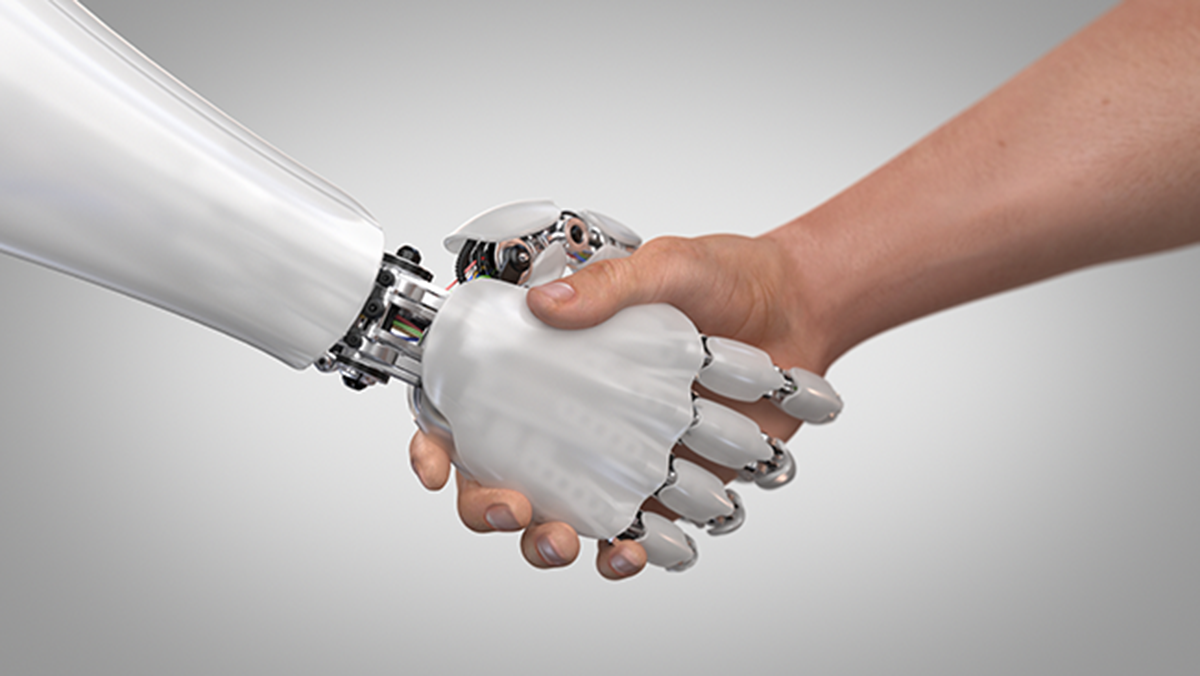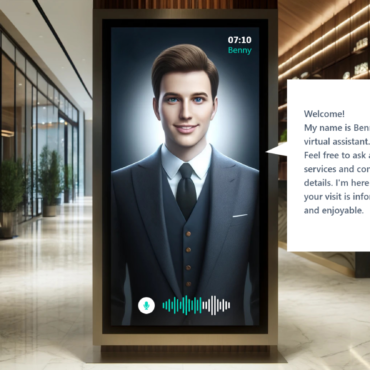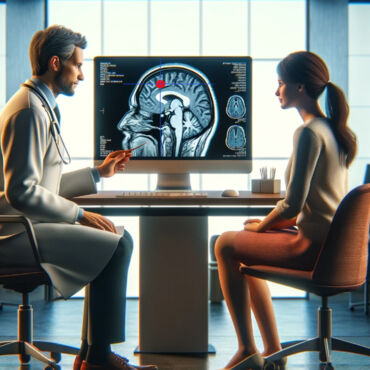GDPR: High fines due to infringements
Better protect personal data with anonymization
The security of personal data is important. So important, in fact, that breaches of data protection in companies can lead to enormous fines. Up to 50 million euros in fines have been imposed on large companies, for example, because of violations of the Basic Data Protection Regulation (GDPR).
It can be easier to protect data through anonymization or pseudonymization.
Who anonymizes personal data relieves data protection
According to the basic data protection regulation of the European Parliament and Council of 27 April 2016 (Recital 26), the principles of data protection do not apply to anonymous information and data.
This refers to information and data relating to an identifiable or identified natural person, or general personal data that has been made so anonymous that the person in question is no longer identifiable. The company’s data protection officer is therefore no longer required to observe the DSGVO once the data has been anonymized.
Some companies know this and already anonymize their data – mostly manually. This is very time-consuming and sometimes data can be missed.
But what if Artificial Intelligence can autonomously perform the anonymization of data?
Artificial intelligence, packed in modern software solutions and services, supports a wide range of different industries. Examples are the increase of employee safety through sensors (link), quality control of products (link), or self-writing articles. All of these are already catching on and becoming more mainstream.
But the anonymization of personal data with artificial intelligence is still quite unknown. The manual effort is immense and can be completely automated.
The ROI (Return of Investment) is a few months and employee motivation increases.
A practical solution that does the anonymization for you
theBlue.ai has developed such an AI solution, which takes over the anonymization of specific data: BlueGDPR
BlueGDPR is based on state-of-the-art web technology, runs on all known browsers, and can also be implemented on-premise or as a cloud solution.
The usage is very simple
Documents are uploaded with drag & drop and immediately anonymized. An AI algorithm finds personal information very precisely and anonymizes it in seconds. However, the user can still make adjustments and train the AI further, so that it learns and improves over time according to the specific requirements of a company or clinic.
AI algorithms are classical methods for anonymization of complex data
Classical methods of data anonymization are often based only on the anonymization of certain fields in the database, which are defined in advance, such as first and last name or date of birth of a person. However, in reality we store and process personal data on a much larger scale – for example, in meeting notes, medical documentation, video material, or recordings of customer service conversations – in other words, in the form of so-called unstructured data.
To find personal information in this type of data, it is necessary to understand the context of the file – text, image, video, or voice recording. This task, therefore, boils down to very time-consuming and often unrealistic manual recognition and removal of sensitive information, even in limited time. However, it can also be performed using specially trained artificial intelligence algorithms.
Effective collaboration between man and machine
However, since personal data is stored in industry-specific contexts, such as patient data, customer data in CRM systems, or passers-by from the perspective of a car, it must be ensured that the model is able to recognize information in the area where it is needed with very high accuracy.
Even the best algorithms can, just like humans, make mistakes. Therefore it is important to be able to correct the data and ensure an optimal cycle, which is called the “human in the loop” approach. This ensures effective cooperation between man and machine to achieve the highest possible results. Such an approach guarantees the possibility of continuous learning of the Machine Learning Model, which adapts to real situations where successive incoming data may change over time.









